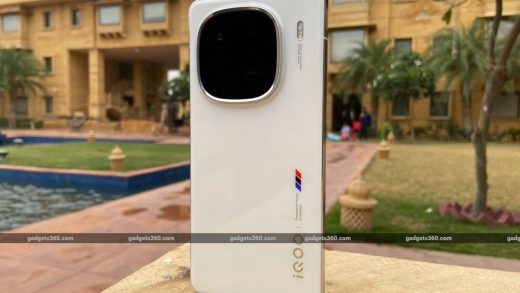
The Telecom Regulatory Authority of India (TRAI) is aiming to improve transparency when it comes to network coverage claimed by telecom operators. In its recent guidelines announced last week, the country’s telecom watchdog has directed service providers to display the geospatial network coverage map, its availability, and the signal strength. This is said to enable better transparency and uniformity when it comes to providing wireless access service and help make users more informed decisions.
According to TRAI, telecom service providers in India will be required to display the network coverage map based on actual measurement through physical or network analytics. Alternatively, they can also rely on the industry standard prediction methodology for the same. If the latter is applied for the preparation of coverage maps, the service provider will need to verify a sample against the actual signal strength. It shall be followed by the application of the correction factor to ensure the network coverage deduced using prediction tools is as close to the actual user experience.
The telecom watchdog directs operators to show the cell coverage of 2G, 3G, 4G, and 5G networks in the prescribed colour scheme, with each technology being represented in its designated colour, and having the minimum prescribed signal strength at the outermost boundaries of the coverage area with 50 percent load of its maximum capacity. Any area having signal strength below the aforementioned threshold will be considered as no coverage area for the respective technology, as per the watchdog.
| S. No. | Technology | Threshold level of signal strength at 50% cell loading |
|---|---|---|
| 1 | 2G | RSSI ≥ -95 dBm |
| 2 | 3G | RSCP ≥ -99 dBm |
| 3 | 4G | RSRP ≥ -110 dBm |
| 4 | 5G | RSRP ≥ -110 dBm |
The map should be placed on the landing page of the telecom provider’s website for single-click navigation, the notice stated. Further, a dedicated Coverage map shall be placed in the navigation bar which should lead to the corresponding page. The watchdog says the coverage maps are obligated to have the following elements:
- Map base layer: Displays the name of the street, road, highway, village district and State/UT with boundaries.
- Technology toggle: Users should have the option to view the coverage of specific technologies (2G, 3G, 4G, 5G). Alternatively, they must also be able to view a unified coverage map.
- Search: The user should be able to search the location by looking up the State/ UT/ District/ City/ Village name or by entering latitude and longitude.
- Legend: The map should also have appropriate legends to indicate the meaning of different colours or information displayed on the map.
Other optional features include the ability to zoom in/out, a home tab which redirects to the default position, a full-screen mode, and a my location option which centres the coverage map at the location of the user device.
TRAI says telecom providers will also be required to update the coverage maps on a monthly basis or any other frequency. This is also mandatory at the commissioning or the decommissioning of the cell or when a change occurs in the coverage due to the Licensed or Authorized Service Area (LSA) network.



